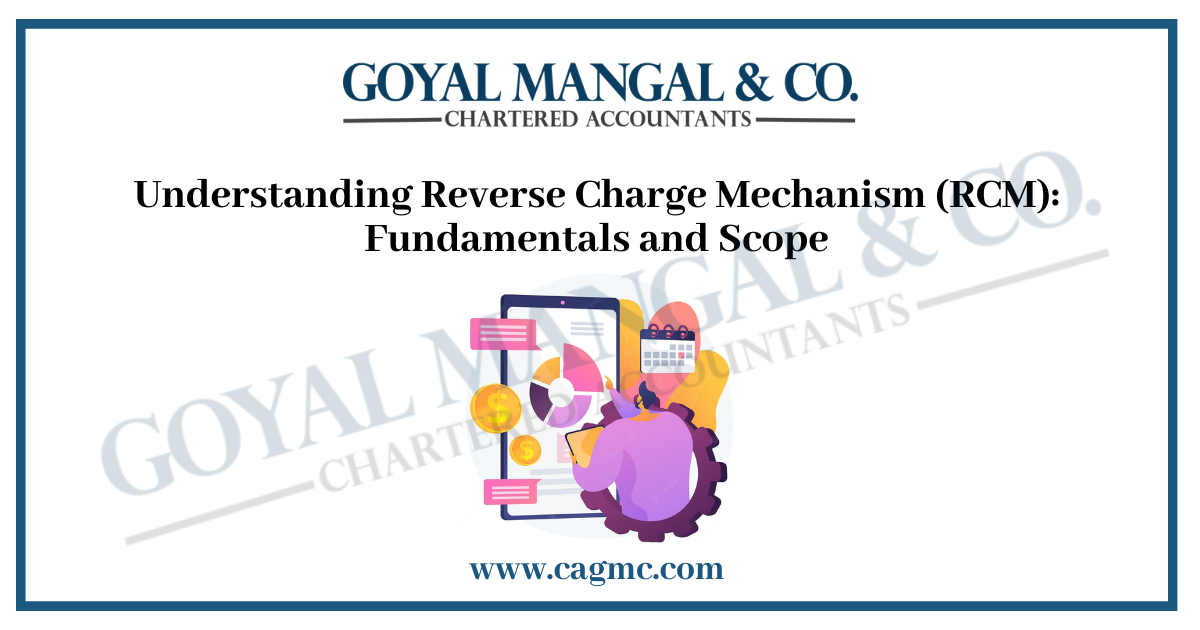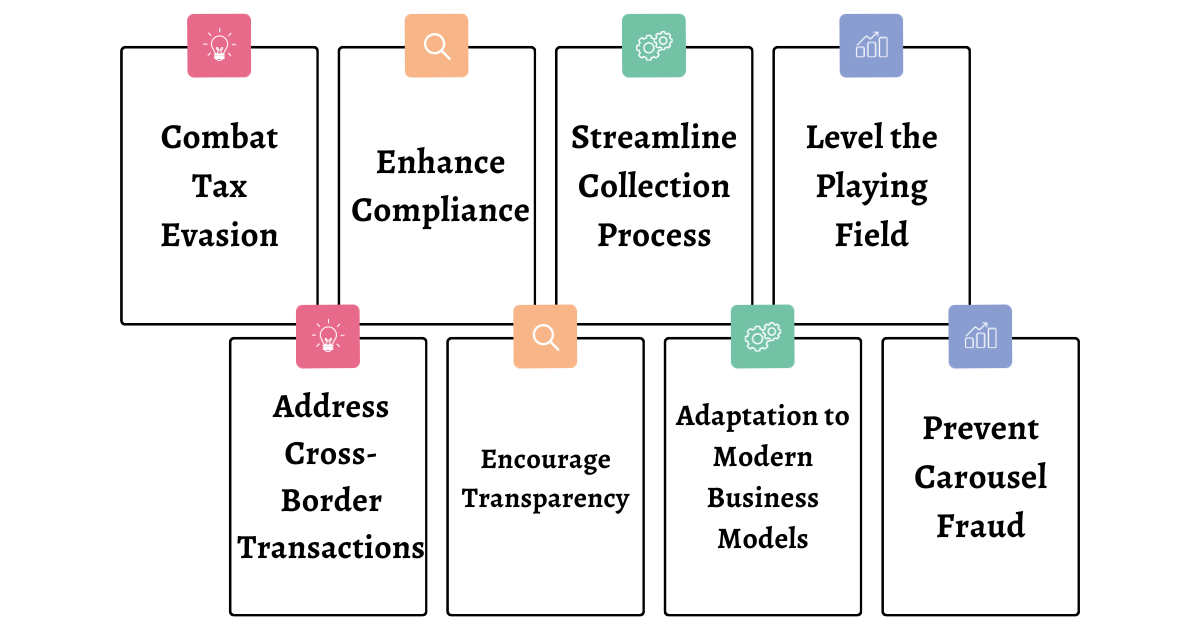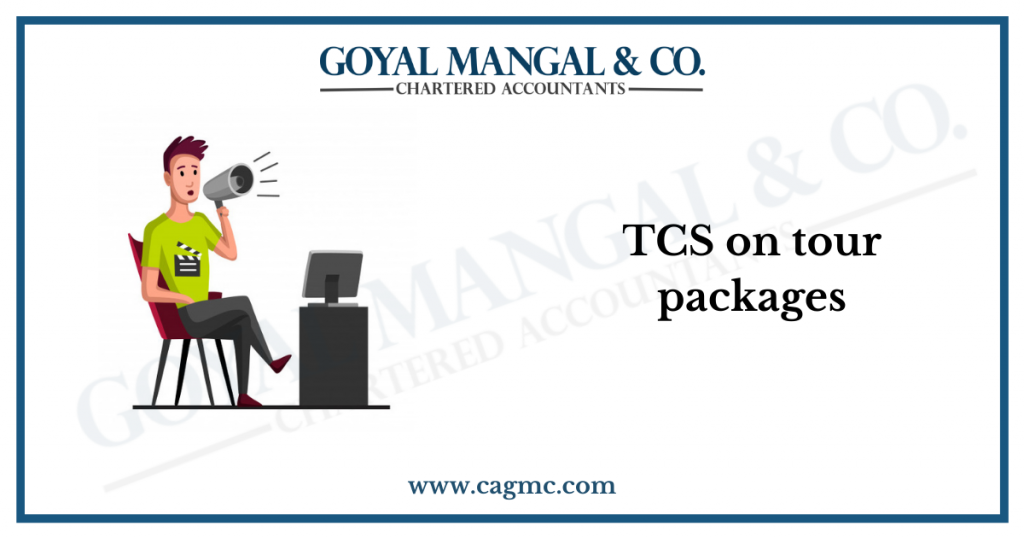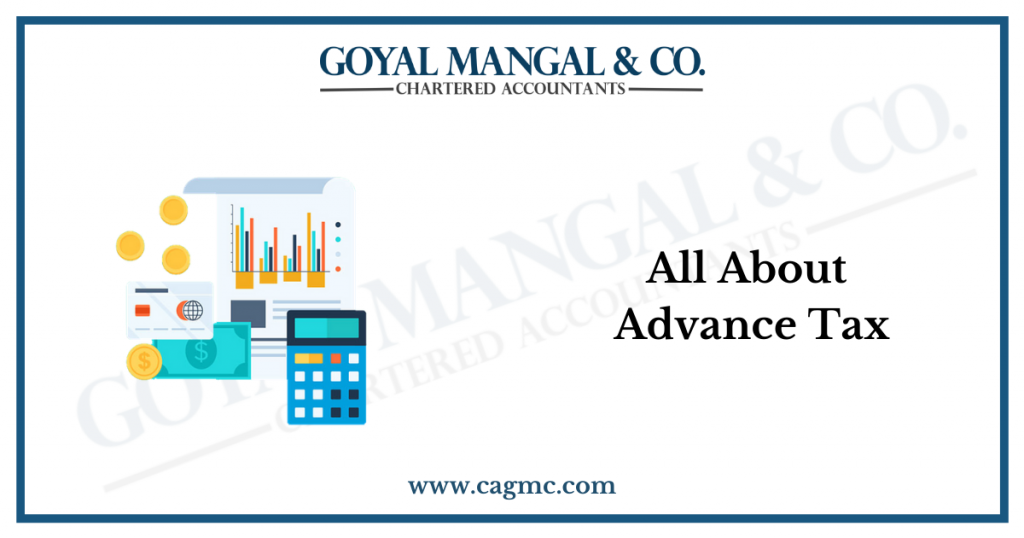
The reverse charge mechanism under GST is like a game-changer in taxes nowadays. Instead of the seller handling all the tax stuff, it’s now the buyer who has to report and pay the taxes for certain goods and services. This new way helps make sure everyone follows the tax rules better and makes the whole tax process smoother. The concept involves preventing individuals from evading taxes and ensuring the taxation system is equitable and understandable. Understanding how this system operates is crucial as it’s super important to get how it works because it really shakes up how money transactions and reporting happen.
|
Table of Contents |
Meaning of Reverse Charge Mechanism under GST
The reverse charge mechanism in Goods and Services Tax (GST) transfers the duty of tax payment from the seller to the buyer. In contrast to conventional systems where the responsibility of collecting and transmitting taxes falls on the seller, the reverse charge system mandates that the buyer must personally report and settle the relevant taxes directly to the government.
This method is commonly used for particular products and services, with the intention of enhancing tax compliance through the active participation of both parties. The purchaser assumes responsibility for fulfilling their tax obligations, which helps promote a tax system that is more transparent and effective. The reverse charge mechanism is a strategic method used to tackle tax evasion and promote an equitable sharing of tax duties between purchasers and sellers.
Types of Reverse Charge Mechanism
The law offers two categories of situations for reverse charge.
- The first aspect relies on the characteristics of the supply and/or the characteristics of the supplier. Section 9 (3) of the CGST/ SGST (UTGST) Act and section 5 (3) of the IGST Act provide coverage for this particular situation.
- The second situation is addressed in section 9 (4) of the CGST/SGST (UTGST) Act and section 5 (4) of the IGST Act, which pertain to the inclusion of taxable supplies made by unregistered individuals to registered individuals.
Why was Reverse Charge Mechanism introduced?
The main reason behind implementing the Reverse mechanism is based on the logic and necessity that arises from the fact that a significant portion of the unorganized business community, which is quite extensive, faces difficulties in paying taxes.
This could be attributed to various factors, such as deliberate avoidance, lack of knowledge or education, or being located in areas exempt from taxation. Therefore, there arose a requirement to collect the tax directly from the recipient of the service, which was referred to as Reverse Charge when properly formulated.
Other reasons are:
- Combat Tax Evasion: The purpose of implementing the reverse charge mechanism is to prevent tax evasion by transferring the duty of tax payment from the seller to the buyer. This poses a greater challenge for businesses to manipulate or avoid paying taxes.
- Enhance compliance: By involving both the supplier and the recipient in the tax reporting and payment process, the reverse charge mechanism encourages better compliance. Buyers are motivated to ensure accurate reporting and payment to adhere to tax regulations.
- Streamline Collection Process: The mechanism simplifies the tax collection process by directly involving the buyer. This can lead to more efficient and timely collection of taxes, reducing administrative burdens on tax authorities.
- Level the Playing Field: The reverse charge helps level the playing field by distributing the responsibility of tax compliance more evenly between sellers and buyers. This ensures that all parties involved in the transaction are accountable for their tax obligations.
- Address Cross-Border Transactions: In the case of cross-border transactions, the reverse charge mechanism can be applied to avoid complications related to tax collection across different jurisdictions. It facilitates a smoother process for international trade.
- Encourage Transparency: With both buyers and sellers actively participating in the tax process, the reverse charge mechanism promotes transparency in financial transactions. This transparency is crucial for building trust in the tax system.
- Adaptation to Modern Business Models: The conventional approach, in which tax collection is solely the responsibility of the seller, may not be well-suited to modern business models, particularly in the digital economy. The reverse charge mechanism adjusts to the evolving methods of purchasing and selling goods and services.
- Prevent Carousel Fraud: In certain cases, reverse charge mechanisms are introduced to counter specific types of fraud, such as carousel fraud, where entities exploit the traditional tax collection system to engage in fraudulent transactions.

Where can RCM apply?
Listed below are the Applicability of RCM under GST:
Unregistered dealer made supply to registered supplier. The registered dealer would be responsible for paying the GST on reverse charge basis for this type of supply. However, this would not be relevant for the supplies that are exempted. A dealer who is officially recognized by a governing authority is communicating with a dealer who does not have official recognition.
The GST will be paid by the service recipient for a total of 12 services that is list of services under RCM in GST 2023 are:
- Insurance agents provide a range of services.
- The company relies on the expertise and assistance provided by a director.
- Non-Resident service provider
- The services provided by goods and transport agencies
- Advocacy services provided by advocates or firms in the field.
- Service provided by the arbitral tribunal.
- Sponsorship services refer to services related to securing and managing sponsorships.
- Services provided by recovery agents, financial institutions, and non-banking financial companies (NBFCs)
- Import transportation services
- Copyright permission services
- The offerings provided by radio taxis.
- Government or local authorities offer distinctive services to business entities.
Meaning of Time of Supply
If tax is paid or required to be paid on reverse charge basis for supplies, the time of supply shall be determined as the earliest of the following dates:
- The day the goods were received; or
- The payment date recorded in the recipient’s account books
- The payment is debited in his bank account, whichever occurs first,
- The date that comes right after thirty days from the issuance of the invoice.
- If it is not possible to determine the time of supply as mentioned before, the time of supply will be considered as the date when it is recorded in the recipient’s books of account.
How is the Input Tax Credit managed in the Reverse Charge system?
Input tax credit on reverse charge is available to a supply recipient only if they use the goods and/or services for the purpose of continuing or expanding their business. You cannot use ITC to settle output tax, and the only accepted method of payment under reverse charge is through cash.
Exemptions under Reverse Charge
Some conditions apply to the exemptions and exceptions to reverse charge for small miscellaneous transactions from unregistered suppliers. The GST Council has decided that registered individuals will not have to pay GST tax on goods or services received from suppliers who are not registered. This exemption applies as long as the total value of goods/services received from unregistered suppliers does not exceed Rs. 5000 per day. However this condition of Rs.5000 per day has not been brought under existence and has been deferred indefinitely. Therefore, the reverse charge exemption is applicable in cases were-
- It must be a supply within the same state.
- Applies to either goods or services.
- The individual who is officially registered should be the one receiving the supply.
- The exemption from CGST and / or SGST applies only to a part of the supply made between different states. IGST stands for Integrated Goods and Services Tax.
- This rule solely pertains to the exemption from reverse charge mechanism (RCM) for unregistered dealers, without any application to other RCM instances.
- The situations that entice RCM due to the characteristics of the product or service rather than the characteristics of the provider are not included in the exceptions.
- If an individual is presented with a group of invoices amounting to Rs., the exemption does not cover this situation. Regardless of the origin of individuals, there are more than 5000 people arriving daily.
A composite dealer who is subject to the reverse charge mechanism GST is unable to utilize the input tax credit. Furthermore, the dealer is obligated to pay taxes based on the standard rates that are applicable to this type of transaction, rather than the rate applicable for the composition scheme.
The reverse charge mechanism applies to advance payments. The individual receiving the supply is responsible for paying the full 100% tax, similar to the service tax which also had a provision for partial reverse charge.
Conclusion
So, to sum it up, the reverse charge mechanism is like a superhero tool for taxes, making things more responsible and efficient. It’s not just a change in the rules; it’s a whole new attitude towards handling taxes. Businesses have to be extra careful and stick to the rules. This new way of doing things is great because it helps collect more money for important stuff and stops people from playing tricks with taxes. The reverse charge mechanism is basically a big deal in today’s tax world, making sure everything is fair and our financial systems stay strong and reliable.


